“If you can’t open it, you don’t own it,” says Fairphone founder and board member Bas van Abel, as he recalls the unfortunate encounter with a broken Nintendo DS that kickstarted his career in repairable technology.
As a professional designer, van Abel thought he would easily be able to get into his son’s Nintendo to find out what the problem was but found that the product has been designed in such a way that he couldn’t even unscrew the screws. He believes that most tech products, especially smartphones, are getting more and more difficult to repair and that “designers have a role in [changing] that”.
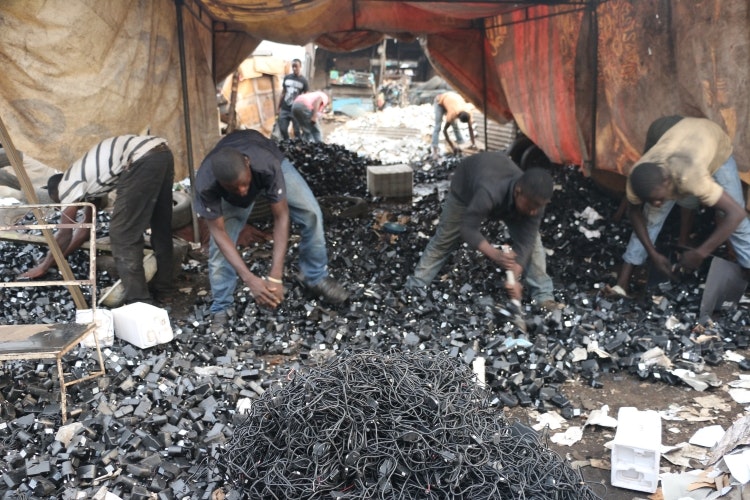
Smartphones are used for an average of two to three years, according got van Abel, despite having the potential to be used much longer. On top of that, only 10-15% of used phones get recycled, he adds.
He calculates that “if you use your phone twice as long, you use half the number of phones” and, in turn, halve the amount of electronic waste, while reducing the phone’s carbon footprint by 30% in the process. Electronic waste is the “fastest growing waste stream that we know”, says van Abel, adding that there are “more phones than people in this world”.
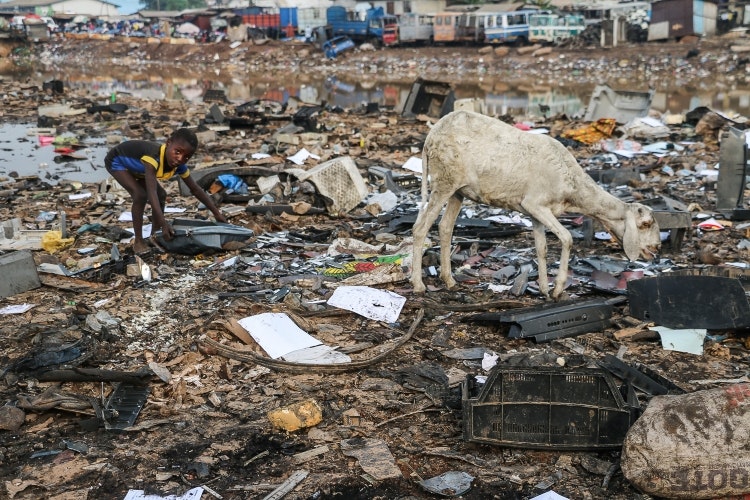
Fairphone’s unique selling point is that it makes phones that are easy and cheap to repair. That’s why each device has a five-year warranty on hardware and an eight-year guarantee on software operation, for “the sole reason of us wanting you to use your phone as long as possible”, says van Abel.
So, that’s the “why” of Fairphone’s origin story, but how did a run-in with a broken Nintendo turn into a design-led company that turns over £43 million a year?
“They bought an idea of change”
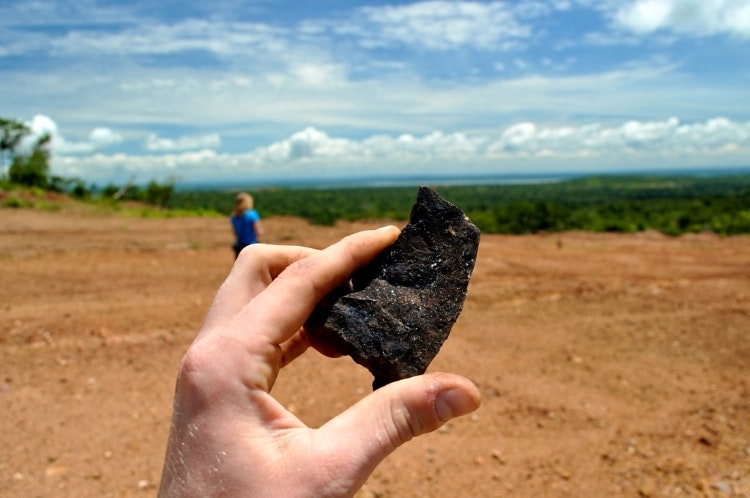
“A phone has over 1000 components” made across hundreds of factories, with “over 50 minerals” going into one device, says van Abel. He explains how “everything we use, see and make comes from the ground as minerals or grows on the ground”, including a phone.
In 2011, when Fairphone was still just an idea, van Abel was setting up a campaign on the impact of smartphones and people and the environment. During this time, he visited the cobalt mines in Congo.
He described Cobalt as “a super important element for energy transition”, which is used in a lot of tech products from Teslas to smartphones. The grim reality of this vital mineral is that around 70% of the world supply of cobalt comes from Congo with over 250,000 people, including children, working in horrific conditions to get it out of the ground.
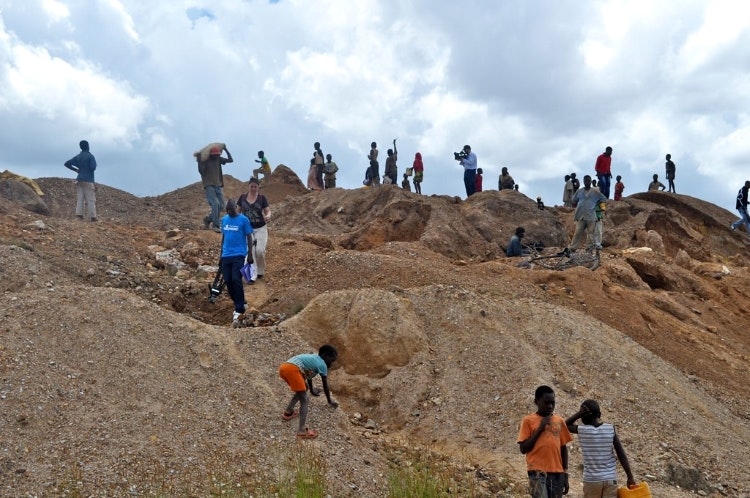
In 2019, it was reported that 14 Congolese families who say their children were killed or maimed while mining for cobalt set out to sue companies, including Apple, Google, Dell, Microsoft and Tesla, for being complicit in the deaths and serious injuries.
At the time, van Abel questioned: “how am I going to make a difference in such a big industry as a designer, as a small player, and where do I start?” In answer, he quotes the Dalai Lama who said: “If you think you’re too small to have an impact, try going to bed with a mosquito in the room”. “Fairphone wanted to be that mosquito,” says van Abel. On his return to Holland, he says he took one of the cobalt stones into telecoms company KPN, put it on the table and said, “if you will buy 1000 Fairphones, you will be our launching partner”. He remembers how one person around the table had recently read a book on what was happening in Congo and agreed that something needed to be done.
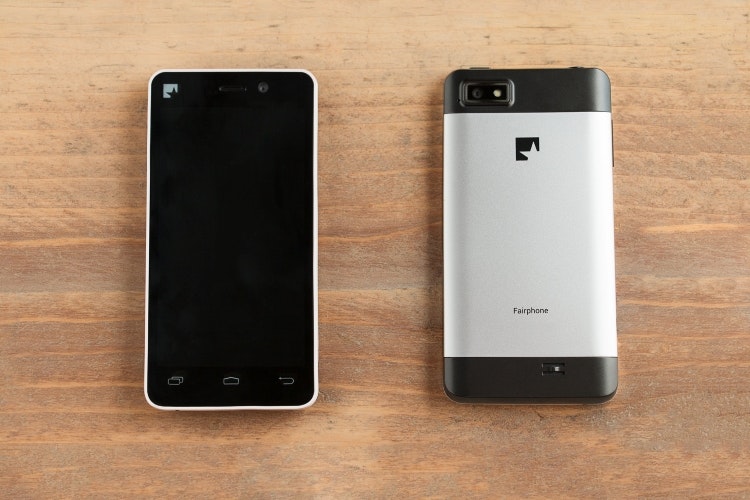
Two weeks later, Bas says he had a contract detailing that KPN had bought 1000 “non-existent Fairphones, from a non-existent company, from a guy whose never made a phone before”. The then-team of five set up crowdfunding, developed a website and offered the phone for 325 euros with an expected delivery date for seven months’ time.
In just two months, all 25,000 phones that they were going to produce sold out and, not only that, but van Abel also says the non-existent phones were being traded on eBay for “double the price”. He believes that those initial buyers “didn’t buy 25,000 phones, they bought an idea of change”.
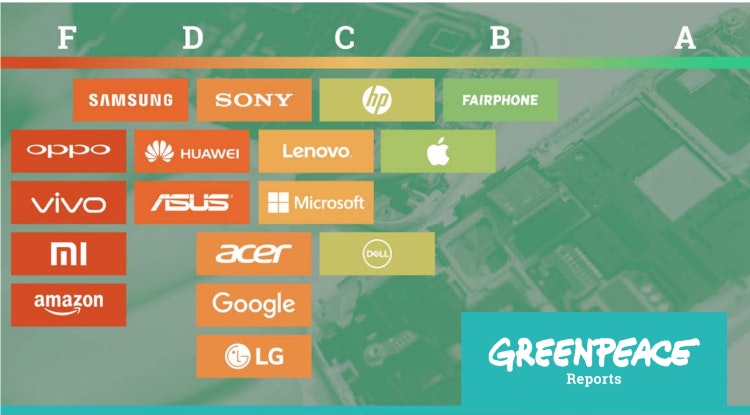
Read more: Fairphone and Above reveal new “de-technified” Fairphone 5
A year and a half later, Fairphone had 40 staff, sold over 60,000 phones, turned over almost £14 million and, at the time, was the fastest growing tech start-up in Europe, according to van Abel. “Most importantly, in 2016 Fairphone was in the Greenpeace Guide to Greener Electronics and was the greenest of all global electronics companies,” he adds.
Now on its fifth phone design, Fairphone has sold over half a million phones, has 150 staff and turns over between £34.7 million and £43.4 million a year.
“Fairphone has campaigning in its DNA”
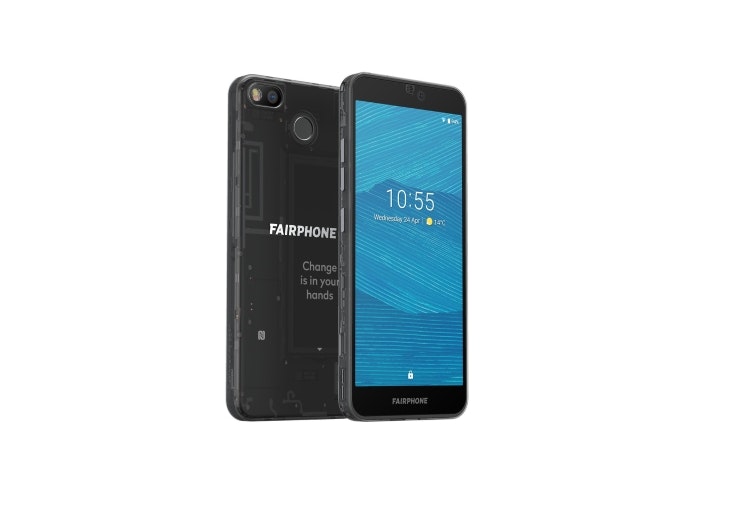
Fairphones goals have always been to “raise awareness, set an example and show that’s its possible to motivate the industry to follow”, says van Abel. Back in 2013, he notes how he wrote a letter to the European Union’s Ecodesign Directive, a body which sets out mandatory ecological requirements for the makers of products sold within the EU. It advised that “all electronics should have repairable items and should have the components in stock for a certain amount of time”, not including smartphones.
While van Abel got an answer to say they would “take it into account”, he says he never heard back, until last year in 2022. Today there is a new EU law that will force every phone manufacturer to make phone batteries replaceable and have repairable components as part of the Equal Design Directive.
“Fairphone has campaigning in its DNA”, says van Abel, which is why it has just set up a programme around cobalt, joined by Google and Tesla, to improve the conditions of cobalt mining in Congo. As well as using responsibly sourced and recycled materials, van Abel says Fairphone is the only company in its sector that has a living wage programme on a factory level, instead of a minimum wage.
“Selfishness, greed and apathy”
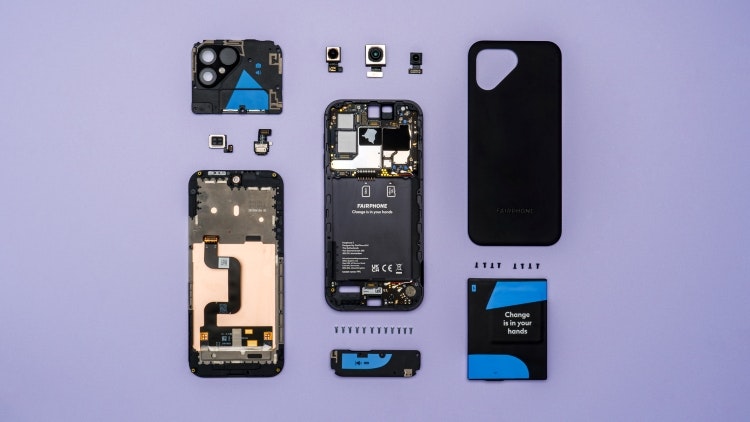
Read more: Designing the Fairphone 2 – “the world’s most ethical smartphone”
While Fairphone “take as many phones back in weight as it puts into the market” to be “e-waste neutral”, van Abel believes that recycling in the tech industry “is just plain stupid”. He describes it as “a last resort” and would rather focus on “long-lasting design”.
Most tech companies make money by “selling as many phones as possible”, says van Abel, which is in direct conflict with repairability models. In a bid to overcome this, he devised “success indicators” based around selling as many phones as possible but also using the phone for as long as possible.
“That means I can’t sell phones to people that already have a Fairphone or people who don’t need a Fairphone so, as a designer, I had to think about how to design a company in that way and how to get shareholders on board with it”, he explains.

Fairphone’s subscription model was devised as an all-round solution. With this model, people can use the phone for a monthly fee and Fairphone still owns the materials, but the prices of subscription and repair costs are lowered the longer the user has the phone. It was designed to allow for “customer loyalty”, says van Abel.
He quotes environmental lawyer Gus Speth who defined the top environmental problems of our time as “selfishness, greed and apathy”. Van Abel calls for “a cultural transition”, reinforcing the need to “re-establish a healthy relationship between people and products because in the end, the most sustainable phone, is the phone you already own”.

- Design disciplines in this article
- Industries in this article









